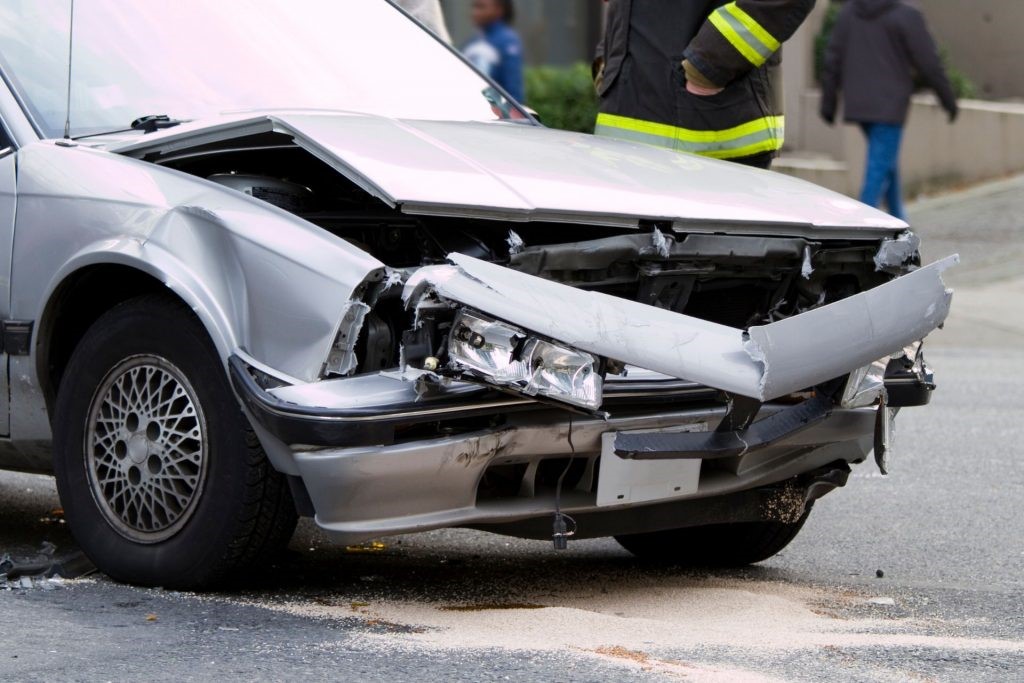Distractions are some of the leading causes of accidents while driving. Drivers will have to take intentional steps to minimize them by first understanding the various types of distractions.
If you’ve been involved in an accident caused by a distracted driver, it is important to seek legal help. The top personal injury attorneys specializing in car accident cases can help accident victims get fair compensation for all the losses they have sustained.
Let’s get back to distractions.
Distractions are categorized into three. They include
- Visual
- Manual
- Cognitive
Each type has a different impact on the driver’s capability to operate a vehicle. These distractions are discussed in the sections below.
Visual Distractions
Visual distractions are those where the driver’s attention is taken away from the road. Mobile phone use has been one of the most common causes of this type of visual distraction.
Whether the driver uses the phone to text, navigate through social media, or access an app, it can be a source of distraction. Even a momentary glance at the phone may cause a driver to miss a cue, such as a stop sign or people crossing the street.
Other causes of visual distractions include GPS and navigation systems. These are crucial for finding directions. However, when a driver throws a glance at the navigation screen for an upcoming turn, then their attention could momentarily be taken away from oncoming traffic.
Even outside of the car, there are external triggers that can serve to cause unsafe moments of distraction: billboards, other accidents that may be presently occurring, and pedestrians. Once the driver’s visual attention is compromised, there is an increased possibility of missing vital information, which significantly increases the possibility of a collision.
Manual Distractions
Manual distractions involve taking hands off the steering wheel, compromising control of the vehicle. One major manual distraction is using a phone, whether to text, dial, or even scroll through social media. Holding a phone can divert not only attention but also physical control of the vehicle.
Additionally, adjusting controls within the car, such as changing the radio station, modifying climate settings, or operating other in-car systems, can force a driver to take their hands off the steering wheel.
Eating or drinking while driving is another common manual distraction that often requires a driver to use one or both hands, making it harder to maintain proper control.
Engaging in these activities can significantly impair a driver’s ability to react quickly to sudden changes in the driving environment, such as unexpected stops or turns.
Cognitive Distractions
Cognitive distractions occur when a driver’s mind is not fully focused on the act of driving, even if their eyes are on the road and hands are on the wheel.
One major example is daydreaming, where a driver allows their thoughts to wander. This mental disengagement can lead to a lack of awareness about the driving environment and potential hazards.
Engaging in conversations, whether with passengers or over the phone—even through hands-free devices—can also shift a driver’s mental focus away from the road.
Furthermore, personal stress or emotional distress can occupy a driver’s thoughts, impairing their concentration on driving tasks.
Cognitive distractions can be particularly dangerous because a driver may not realize their diminished focus until it is too late, potentially resulting in serious accidents.
Conclusion
Understanding the three types of distractions—visual, manual, and cognitive—is crucial for promoting safer driving habits. By actively minimizing these distractions, drivers can enhance their awareness and control on the road, significantly reducing the likelihood of accidents.
It is essential to prioritize attention to driving and remain mindful of activities that can divert focus from the task at hand.
Safe driving is not only a personal responsibility but also a way to protect yourself and others on the road.
